Understanding Diclofenac
Diclofenac is a non-steroidal anti-inflammatory drug (NSAID) that exhibits anti-inflammatory, analgesic, and antipyretic properties. It inhibits cyclooxygenase (COX) enzymes which reduces the synthesis of prostaglandins, thereby reducing inflammation and pain. It is available in various forms, including oral tablets, topical gels, and injections.
Diclofenac Dosage Forms
Diclofenac is available under different brand names and comes in various dosages and forms: Diclofenac sodium in tablets (25 mg, 50 mg, and 75 mg), extended-release tablets (100 mg), powder (for solution), suppositories, and topical solutions. Notably, Diclofenac potassium is available in immediate-release tablets (50 mg).
Indications for Diclofenac Use
Indications for Diclofenac use include the management of mild to moderate pain, the treatment of dysmenorrhea (menstrual pain), migraine attacks, and symptomatic treatment of osteoarthritis, rheumatoid arthritis, and ankylosing spondylitis. It is also applied topically for the relief of acute pain due to minor strains, sprains, and contusions.
Administration Guidelines
For oral forms, Diclofenac should be taken with a full glass of water, with food, or following meals to minimize gastrointestinal discomfort. Extended-release tablets must not be crushed or chewed. The topical form should be applied as directed, ensuring hands are washed before and after application, avoiding contact with eyes, mucous membranes, and open skin lesions.
Specific Dosing Information
The dosing of Diclofenac must be individually adjusted. Oral doses generally range from 50 mg taken two or three times a day to 100 mg once daily for the extended-release form. For acute pain, Diclofenac potassium tablets are often prescribed at a dose of 50 mg every 8 to 12 hours. Topical solutions are applied 2-4 times daily, depending on the particular product’s instructions.
Adjustments for Special Populations
Elderly patients or those with hepatic or renal impairment may require dosage adjustments. It is often recommended to start treatment at the lower end of the dosing range due to potential age-related decreases in renal function and an increased risk of adverse reactions.
Drug Interactions with Diclofenac
Diclofenac can interact with other medications, potentially impacting their effectiveness or increasing the risk of adverse effects. It should be used with caution with other NSAIDs, anticoagulants like warfarin, antiplatelet agents, selective serotonin reuptake inhibitors (SSRIs), and diuretics. Concomitant use with cyclosporine, lithium, methotrexate, or digoxin may also necessitate monitoring.
Adverse Reactions and Side Effects
Common side effects include gastrointestinal discomfort, nausea, vomiting, diarrhea, constipation, headache, dizziness, and drowsiness. Diclofenac may elevate liver enzymes and cause hepatotoxicity. It can also increase the risk of serious cardiovascular thrombotic events, myocardial infarction, and stroke, especially with long-term use.
Special Precautions and Monitoring
Prior to initiating treatment with Diclofenac, assessing a patient’s cardiovascular risk is essential, as is monitoring blood pressure regularly during therapy. Patients with symptoms of liver dysfunction should undergo appropriate liver function testing. Blood counts and renal function should also be monitored periodically during long-term therapy.
Pregnancy and Lactation Considerations
Diclofenac should be avoided during the third trimester of pregnancy due to the risk of premature closure of the ductus arteriosus in the fetus. It may also inhibit uterine contractions resulting in delayed or prolonged labour. It is not recommended for nursing mothers as it is excreted in breast milk and may harm the nursing infant.
Pediatric Use
The safety and effectiveness of Diclofenac in pediatric populations have not been established. However, certain dosage forms and strengths may be prescribed for children for specific conditions as determined by a pediatrician.
Geriatric Use Specifics
As the elderly have an increased likelihood of adverse reactions, especially gastrointestinal bleeding and peptic ulceration associated with NSAID therapies, Diclofenac should be used with caution, starting at the low end of the dosage range. Consideration should be given to monitoring renal, hepatic, and cardiac function regularly.
Proper Storage and Disposal
Diclofenac should be stored at room temperature, away from excess heat and moisture (not in the bathroom). All forms should be kept out of reach of children. Disposal of expired or unused medication should follow the recommendations of local waste disposal regulations, ensuring it is kept out of the environment.

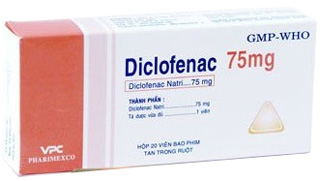
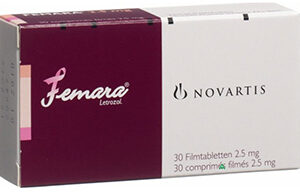
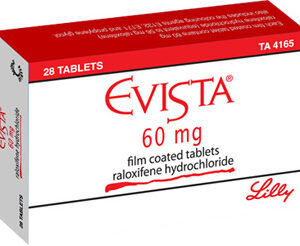
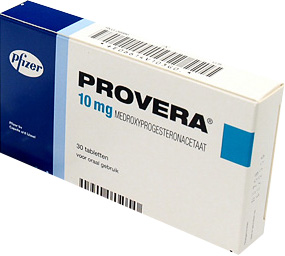
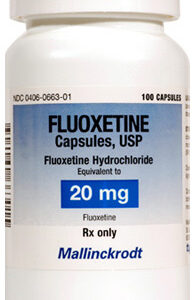
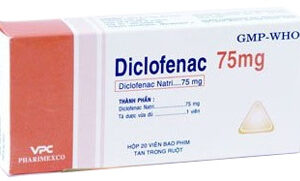
Reviews
There are no reviews yet.